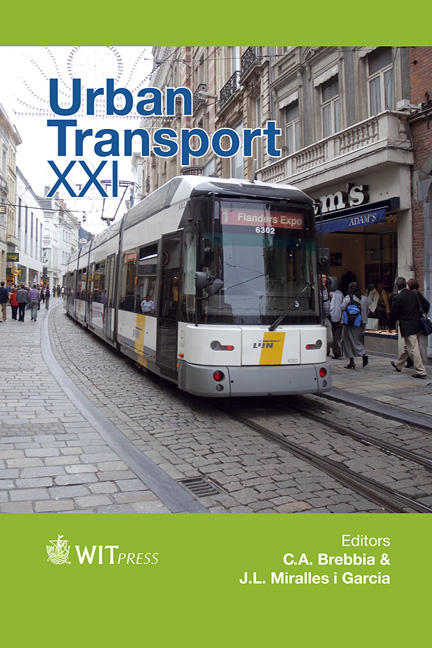Modelling The International Arctic Transport Corridor
Price
Free (open access)
Transaction
Volume
146
Pages
10
Page Range
547 - 556
Published
2015
Size
574 kb
Paper DOI
10.2495/UT150441
Copyright
WIT Press
Author(s)
N. Didenko, K. Kikkas, K. Kunze
Abstract
The paper estimates the potential consequences of the development of the Arctic transport route taking into account the melting of polar ice and thus increased navigating time through the seas of the Arctic Ocean. The seas of the Arctic Ocean enable two ways from Europe to South-East Asia. The first one is the Northern Sea Route (the Northern Sea Corridor) around the Arctic coast of Russia and partially through the Pacific Ocean. This is the shortest seaway between Europe and South-East Asia. The second one is the Northwest Passage. It goes along the northern coast of North America through the Canadian Arctic Archipelago. The alternatives to the Northern Sea Route are either through the Suez Canal or via the Trans-Siberian Railway Road. The paper discusses a model of the international transport corridor thereby analyzing the factors that influence the endogenous variable of the model. The basis of the model is an autoregressive distributed lags model (ADL model). The models are estimated for the Northern Transport Corridor, Northwest Passage, Trans-Siberian Railway Road and Transport Corridor of the Suez Canal. While the volume of transported goods was taken as an endogenous variable in all the models, different exogenous variables were selected for each model using data for the period from 1990 to 2013. The paper comprises the results of the standard steps in the ADL model (test for autocorrelation of the endogenous and the exogenous variables; stationarity/non-stationarity analysis of the time series; regression analysis). Finally the paper provides the conclusions regarding the comparison of the Northern Transport Corridor to its alternatives.
Keywords
Arctic Transport Corridor, Northern Sea Route, empirical model of the Artic Transport Corridor, ADL model, autoregressive distributed lags, stationary series, ordinary least squares





